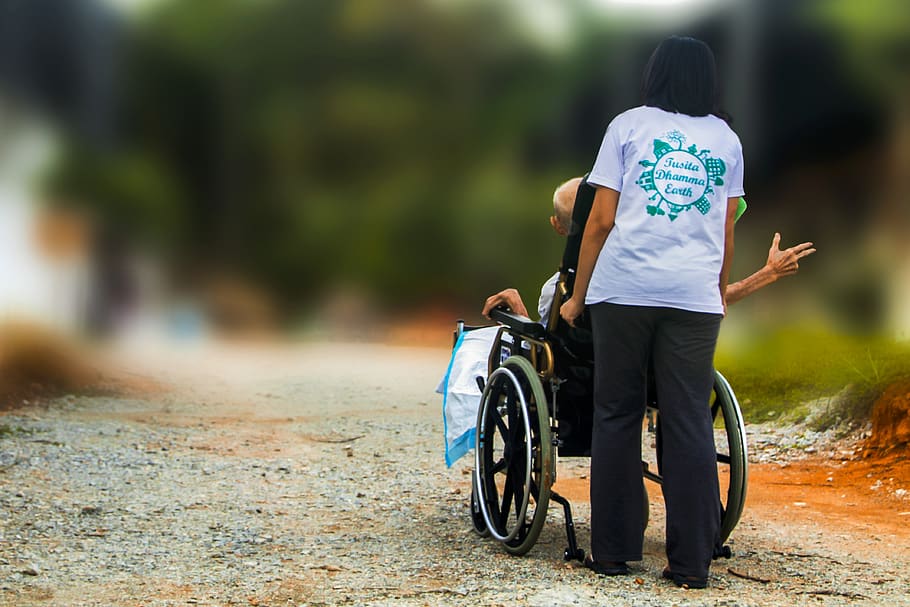Highlighting lessons from Australia and Singapore
The Asia and Pacific region is home to 690 million persons with disabilities. According to the International Labour Organization (ILO), only 21.6% of persons with severe disabilities are covered by disability benefits in the region. We know that persons with disabilities experience challenges seeking education and employment, in addition to the care needs that may drain them financially, making them especially vulnerable to poverty. In this short article, I share the disability schemes in Singapore and Australia as examples for reference in designing and implementing social protection for people with disabilities.
In Singapore, CareShield Life is an insurance scheme that pools risks by getting individuals to pay premiums during their working years to provide financial support in the event of severe disability to perform physical activities of daily living. Individuals are considered severely disabled if they cannot perform three of the following six physical activities: bathing, washing, dressing, feeding, toileting, walking or moving around, and transferring. The insurance scheme provides a monthly cash payout to severely disabled persons to support them for long-term care, for lifelong as long as they remain disabled. Beneficiaries have the flexibility to use the cash payout to decide on the desired care arrangement that best suits their care needs.
In Australia, the National Disability Insurance Scheme (NDIS) is a public-funded disability scheme that recognises intellectual, physical, sensory, cognitive and psychosocial disability. It also provides early intervention for eligible people with disability or children with developmental delays. NDIS funds activities to support beneficiaries in their daily living, guided by personalised care plans drawn up in collaboration with the beneficiaries to meet their goals and needs. The funding can be used for a broad range of activities to support beneficiaries with everyday activities such as social and community participation. It can also help beneficiaries build independence to pursue their goals, such as finding and keeping a job and purchasing assistive technology.
Governments should consider disability scheme to ensure persons with disabilities receive adequate financial protection and support in their access to care. As the population ages, we will see more persons with disabilities, making it even more important to have a dedicated scheme to address the health and social care needs arising from disability. The recognition of different forms of disability, points of intervention (pre or post-disability), scope and objective of support, and mechanisms of resource generating and purchasing are some considerations in the design of disability scheme to meet different population needs.
At the P4H network, we can advocate for social health protection for people with disability through scoping reviews of disability schemes in the region and globally and arrange for knowledge-sharing with and between government stakeholders.


